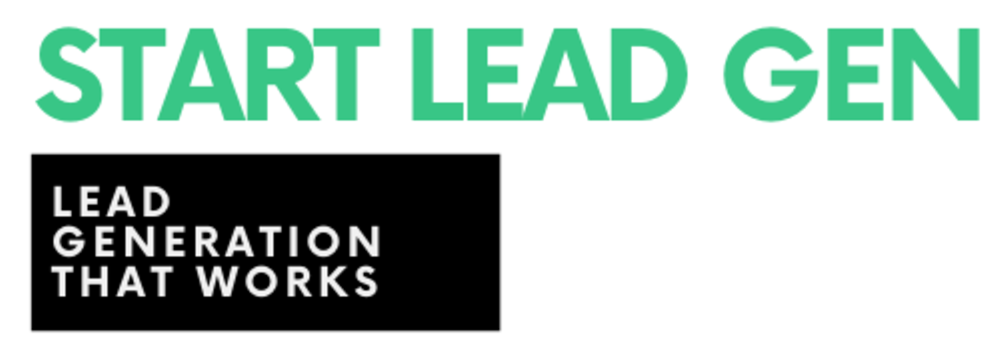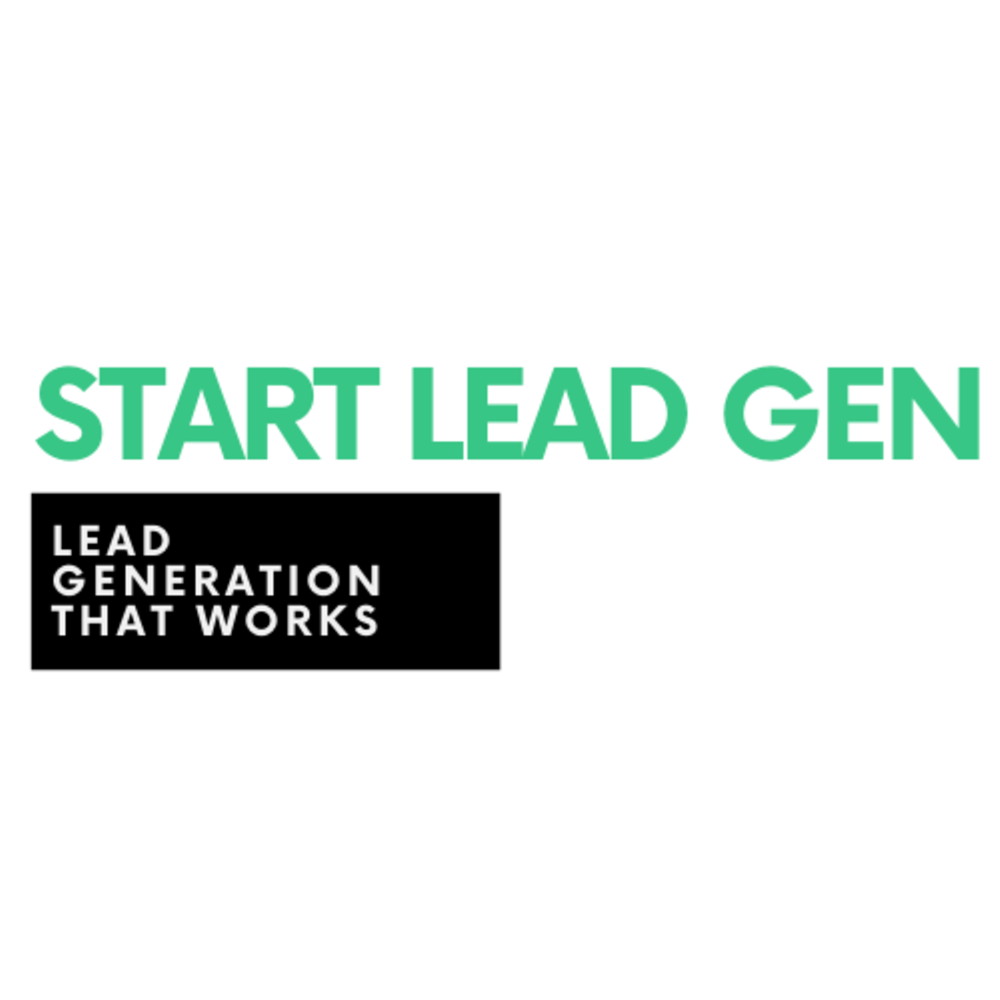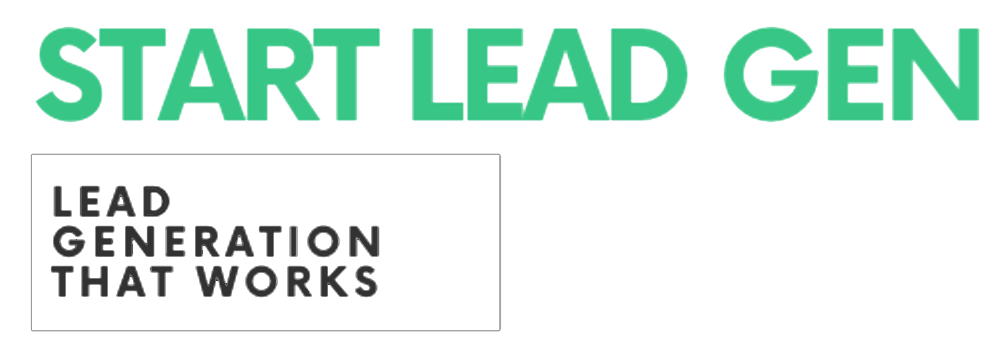How to Qualify and Convert More Leads
In order to grow, all businesses need to attract and convert new leads.
But how do you know which leads will buy from you?
On this page, we’ll take a look at the importance of lead qualification and some tips you can use to attract and convert more quality leads.
What is Lead Qualification?
As soon as someone gives you their contact information, they become a lead.
But just because someone shows interest in your company doesn’t mean they have the budget or authority to make a purchase.
Lead qualification is the stage of the lead generation process where you identify people who are most likely to convert into paying customers.
Then, you can spend your time and money marketing to them to earn a better ROI.
Why is Lead Qualification Important?
According to research, only 25% of leads are qualified to advance to your sales team.
With lead qualification, you can stop wasting time and money on people who won’t buy. The sooner you determine whether a lead is qualified, the less time and money you waste.
How to Qualify a Lead
Now that you understand the importance of lead qualification, we’ll take a look at how you can qualify leads to make sure you’re targeting your most valuable prospects.
Create Buyer Personas
First, it’s helpful to create buyer personas that describe your ideal customer. Put together a list that includes a customer’s background information, industry, company size, etc. Then, you can evaluate how closely a lead matches your ideal persona.
Is the lead from a company or are they a private citizen? Are you dealing with an executive or junior marketer? What is their age, income, and occupation?
Understanding the answers to these questions helps you determine how likely a lead is to become a customer.
For example, if someone is a junior marketer at a B2B company, and you’re trying to target executives at B2C companies, you know that the lead is most likely not qualified.
Identify Pain Points
You also need to identify customer problems that your company solves.
In other words, what are the lead’s pain points? What do they need to do, and how can your business help them?
Understanding your company solves a lead’s pain points helps you communicate with them, answer their questions, and encourage them to buy. It also helps you to determine whether the lead is a good fit for your business.
For example, if a lead needs to develop a mobile app but your firm specializes in search engine optimization, that lead is a poor fit.
Observe Behavior
You can also observe people’s behavior on your website to determine whether they’re qualified leads.
When people visit your website, they leave digital footprints that let you analyze and evaluate their behavior.
Did they look at your product pages for an hour? Or did they look at one blog post and then leave?
This helpful data lets you determine whether a lead is likely to purchase your products and services.
Understand Interest vs. Intent
During the lead qualification process, it’s essential to understand the difference between interest and intent.
For example, someone may be interested in learning more about your company, but that doesn’t mean they intend to buy something.
Tracking visitors’ activities on your website is the best way to distinguish interest vs. intent.
Are visitors looking at blog posts and guides? This is a sign that the person has an interest in your company, but it doesn’t necessarily mean that they’re ready to make a purchase.
On the other hand, if someone enters their email address on a pricing page or requests a product demo, they are showing intent.
Leads who show intent are most likely to buy, and they’re almost certainly qualified leads.
Evaluate Timeline
You will also need to understand [your / your customer’s] timeline.
For example, if a lead just signed a five-year contract with a competitor and they are researching options for the future, they’re not a qualified lead.
Instead, you can answer their questions and wait to move forward until their contract expires.
Learning more about a lead’s timeline and when they need to address a problem makes it easy to determine if they’re worth your time.
Use Customer Relationship Management (CRM) Software
Customer relationship management (CRM) software helps you qualify leads and streamline communication between your marketing and sales teams.
This ensures your sales team doesn’t work with multiple leads from the same organization.
When to Disqualify Leads
Quality is more important than quantity, and sometimes you have to disqualify leads.
Disqualifying a lead means no longer supplying a lead with information to make them a customer. This lets you cut your losses and spend your time on more qualified prospects.
If someone lacks the budget, authority, or need for your business, you can disqualify them.
Some salespeople are wary of disqualifying leads because leads are essential to growth.
However, if you want to reach your top prospects, it’s important to disqualify leads who truly aren’t interested in what you have to offer.
This doesn’t mean that you should stop your lead nurturing efforts completely, though.
Not everyone is going to be ready to buy when they first hear about your business, and lead nurturing provides them with the information they need to become paying customers.
Getting More Qualified Leads
Did you know that 50% of qualified leads are not yet ready to make a purchase?
One of the best ways to earn qualified leads is to launch lead nurturing campaigns.
For example, someone might give you their email address after reading one of your pricing pages. Then, you can follow up with helpful emails and provide them with the information they need to become paying customers.
Let’s take a look at some lead nurturing tips to earn more qualified leads.
Create Content on your Website
It’s important to publish helpful content on your website.
Your site is often your first interaction with potential customers, and it has to provide information to potential leads so they’ll convert.
Providing helpful information and resources moves leads to the top of the sales funnel and gives them the information they need to make a purchase.
Use Social Media
Social media is a great way to nurture leads and interact with potential customers.
Just like on your website and blog, you can create and publish helpful information.
Then, if someone has a question about your business, they can ask you directly on social media. (It’s smart to designate a team member who responds to questions and comments quickly.)
This shows that you care about your customers and you’re committed to great customer service. It also helps qualify more leads as they become more interested in your business and show purchase intent.
Launch Email Marketing Campaigns
Email marketing campaigns are a popular form of lead nurturing.
Email keeps you in contact with potential customers and provides them with important updates about your business, products, and services.
You can even automate your emails to send different information based on how you got a lead.
For example, if someone enters their email address on your site to download a guide, you can respond with a series of emails that nurture that kind of lead, specifically.
First, you can send them a welcome email to familiarize them with your company.
Then, you can follow up with more detailed, specific information related to their needs.
Last, you can send a message that encourages them to buy.
Want to Learn More?
Interested in learning more about how lead qualification can help you attract and convert more valuable business prospects?
We drive results for businesses in a number of different industries, and we’re excited to work with you!
Contact Start Lead Gen today to speak with one of our lead generation experts.



